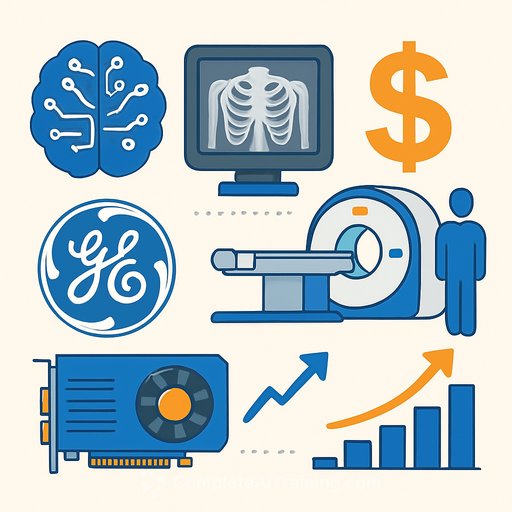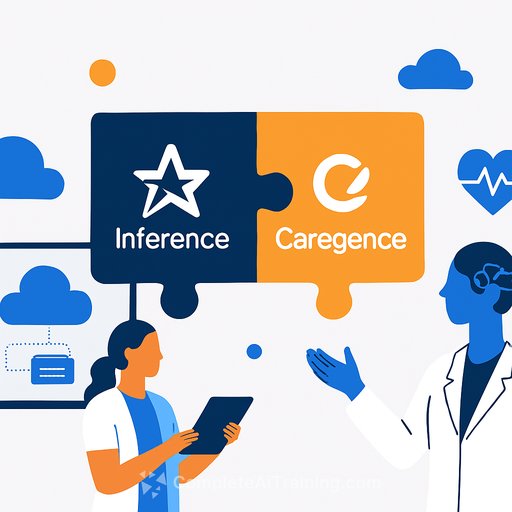AI Is Coming for the Most Boring Job in Healthcare: Turning Denials Into Dollars
Walk into almost any clinic's revenue cycle area and you'll spot the same scene: denial slips piled high, phones on hold, and a quiet sense that this is "just the job." It isn't. Treating denials as paperwork instead of intelligence is why so much revenue quietly slips away.
The average claim denial rate in the U.S. hovers around 15% or higher. In some specialties and plans, it's closer to one in five claims. Even more frustrating, a large share of those denials get overturned on appeal. Translation: they shouldn't have been denied in the first place.
Denials aren't paperwork - they're data
Every denial carries metadata you can act on: payer, reason, CPT/HCPCS, diagnosis, provider type, date, and appeal outcome. Most clinics aren't mining that data at scale. That's the miss.
Industry surveys show that teams using AI in revenue cycle report fewer denials and cleaner resubmissions. The clinics that build feedback loops around denial data don't just reduce rework - they materially improve cash flow.
Shift from manual firefighting to intelligent systems
- Change the workflow at the front door. Stop waiting for denials to show up. Use AI to flag high-risk claims pre-submission (eligibility mismatches, coding anomalies, missing modifiers) and to auto-mark denials for appeal or correction the moment they land.
- Build tight feedback loops. Aggregate denial reasons and outcomes into payer-specific playbooks. You'll spot patterns fast, like "this payer rejects this CPT for this diagnosis" or "this provider type misses this modifier." Feed those insights into targeted training and edits.
- Scale the machine, not headcount. Instead of hiring more billers, use AI to triage denials by value and win probability, generate appeal letters, attach supporting records, and route only the highest-value or ambiguous cases to humans.
- Make it board-room material. Denials = lost revenue. Put denial rate, overturn rate, recoverable dollars, and days to appeal on the same dashboard as no-shows and supply waste. Treat denial prevention as a growth lever, not a cost center.
- Lean on partnerships and aggregators. Smaller clinics gain leverage by pooling payer analytics, benchmarks, and best practices. Shared data networks beat going solo, especially without a large RCM team.
What "good" looks like in practice
- Proactive risk scoring. Every claim gets a risk score pre-submission based on payer rules, coding patterns, and historical denials.
- Auto-appeal kits. The system drafts letters, cites payer policy excerpts, pulls chart notes and prior auth proof, and bundles them for submission.
- Payer playbooks. Living documents that update as rules shift, informing edits, documentation checklists, and provider training.
- Human-in-the-loop escalation. High-dollar or low-confidence cases get routed to specialists. Everything else runs lights-out.
Start fast: a 30-day plan
- Baseline the problem. Pull 6-12 months of denials. Capture payer, reason, CPT/ICD, provider, overturn rate, and recoverable dollars.
- Find your top five patterns. Identify the combinations driving the most preventable denials. Prioritize by financial impact.
- Ship one pre-submission rule pack. Add edits and documentation prompts to stop those five patterns before submission.
- Pilot auto-appeals. For one specialty and two payers, auto-generate appeal packages for the top denial reasons.
- Stand up a weekly review. Track denial rate, overturn rate, first-pass yield, and dollars recovered. Update the payer playbooks every week.
- Upskill the team on AI workflows. Short, focused training for coders and RCM analysts accelerates adoption. See curated options by job role at Complete AI Training.
Metrics that move margins
- First-pass yield (clean claims rate)
- Denial rate (overall and by payer/reason)
- Overturn rate and days to appeal
- Recoverable dollars (missed appeals + preventable denials)
- Cost per appeal vs. value per appeal
The bottom line for healthcare and insurance leaders
Cutting your denial rate by just five percent can add tens to hundreds of thousands in annual revenue for many clinics. That's not optional work - that's survival with thin margins.
The old script says "denials happen." The new script says "denials teach." Treat them as intelligence, automate the boring parts, and reserve human focus for high-value decisions. Do that, and you won't just recover revenue - you'll build resilience into your operations.
Your membership also unlocks:










